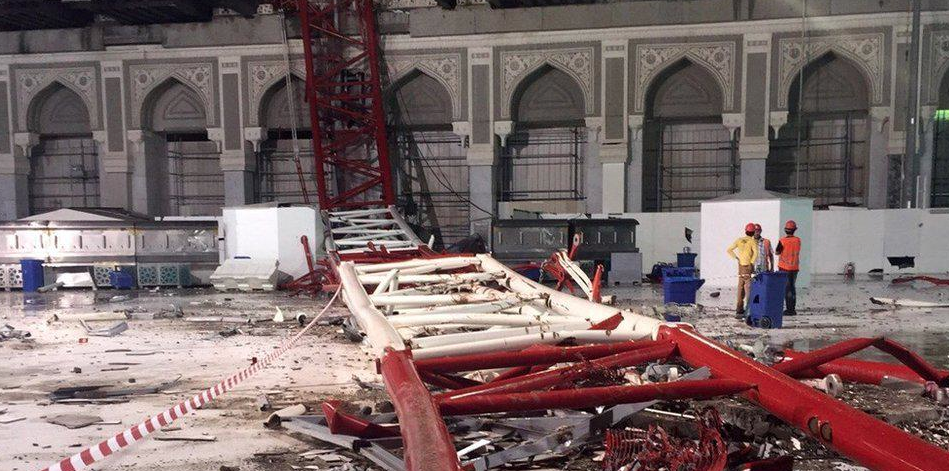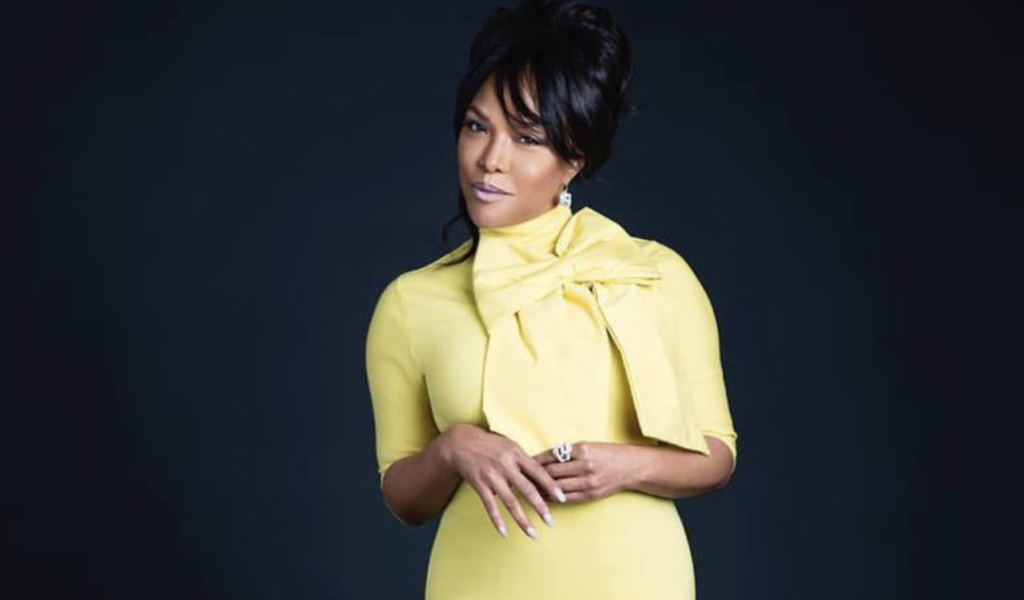Over 100 Killed in Accident at Mecca’s Grand Mosque
12 Sep, 2015
High winds were to blame for the toppling of a massive crane that smashed into Mecca’s Grand Mosque and killed at least 107 people ahead of the start of the annual hajj pilgrimage, the head of Saudi Arabia’s civil defense directorate said Saturday.
The disaster during a violent thunderstorm that roared through Islam’s holiest city late Friday afternoon was the deadliest incident in years surrounding the hajj, which gets underway in full later this month.
Images shared on social media showed a horrifying scene. The crane boom pierced through the roof of the mosque, bringing down slabs of reinforced concrete and leaving bodies lying amid pools of blood on the polished mosque floors as frightened survivors screamed in panic.
The director general of civil defense, Suleiman bin Abdullah al-Amro, told satellite broadcaster Al-Arabiya that the unusually powerful winds that toppled the crane also tore down trees and signs as a storm whipped through the area.
He denied reports that lightning brought down the red-and-white crane, which was being used for the mosque’s expansion, or that some of those killed died in a stampede.
At least 238 people were injured in the accident, according to civil defense figures.
Authorities did not provide details on the victims’ nationalities, but it was likely that the tragedy will touch several countries.
The Grand Mosque and the cube-shaped Kaaba within it draw Muslims of all types from around the world throughout the year, though numbers increase significantly in the run-up to the hajj. The mosque is Islam’s holiest site, and Muslims the world over pray in the direction of the Kaaba, which is also at the heart of the hajj rituals.
Performing the pilgrimage during one’s lifetime is a duty for all able-bodied adult Muslims. This year’s pilgrimage is expected to start around Sept. 22.
Nearly 910,000 pilgrims have already arrived in the country for this year’s hajj season, according to official figures.
During the week of the hajj, Muslims converge on Mecca to perform a series of rituals, including the circling of the Kaaba, praying and holding vigil at Mount Arafat, and the symbolic stoning of the devil by throwing pebbles at the three pillars in Mina.
Prayers on and around the mount are a climactic emotional and spiritual moment in the hajj. The faithful believe that on the day the gates of heaven are open, prayers are answered and past sins are forgiven.
All male pilgrims, regardless of wealth or status, wear seamless terry white cloths to symbolize equality before God during the hajj. Women cover their hair and wear long loose clothing, forgoing makeup and other adornments to help them detach from worldly pleasures and outward appearances.
It was on Mount Arafat, marked by a white pillar, where Islam’s Prophet Muhammad is believed to have delivered his last sermon to tens of thousands of followers some 1,400 years ago, calling on Muslims to unite.
AP
Image BBC Breaking twitter
Mentioned In This Post:
About the author
Related Posts
-

Terrorist Plot To Kidnap Governor Whitmer
-

Another Day, Another Unarmed Man Killed By Police
-

Rest In Paradise Mr. Lewis
-

Sorry Vanessa, America Failed You!
-
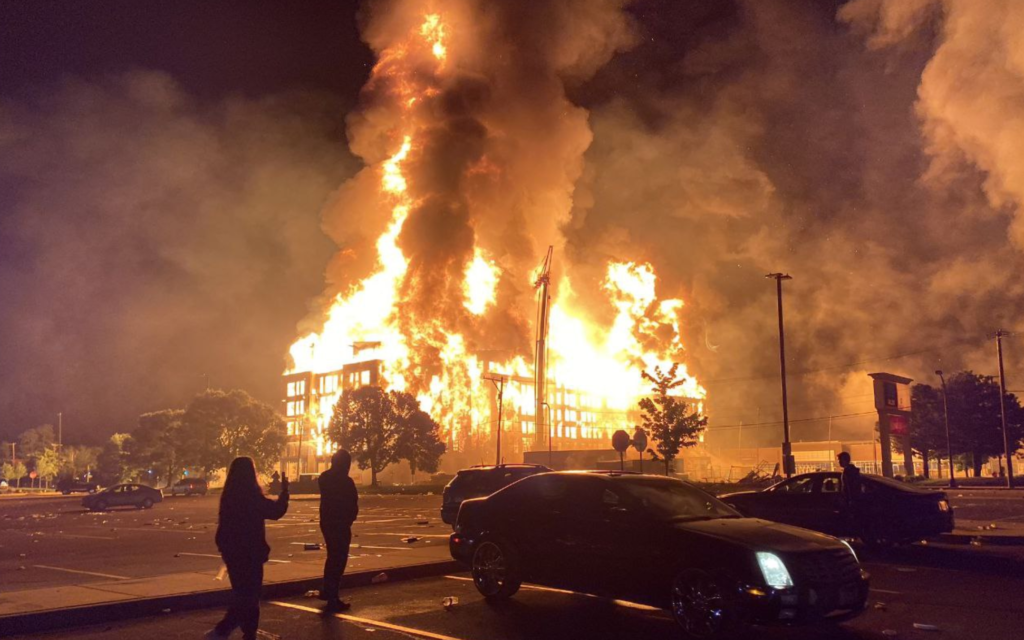
Minneapolis Is Burning
-

This Coward Streams Shooting On Social Media
-
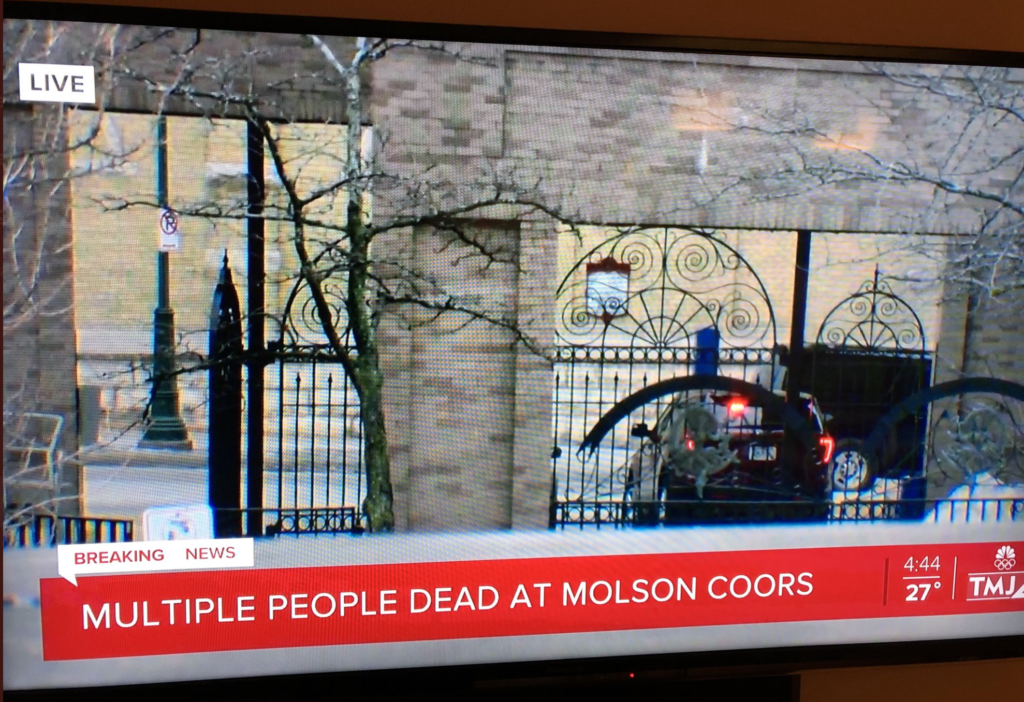
Coward With A Gun Kills 5 at Work
-
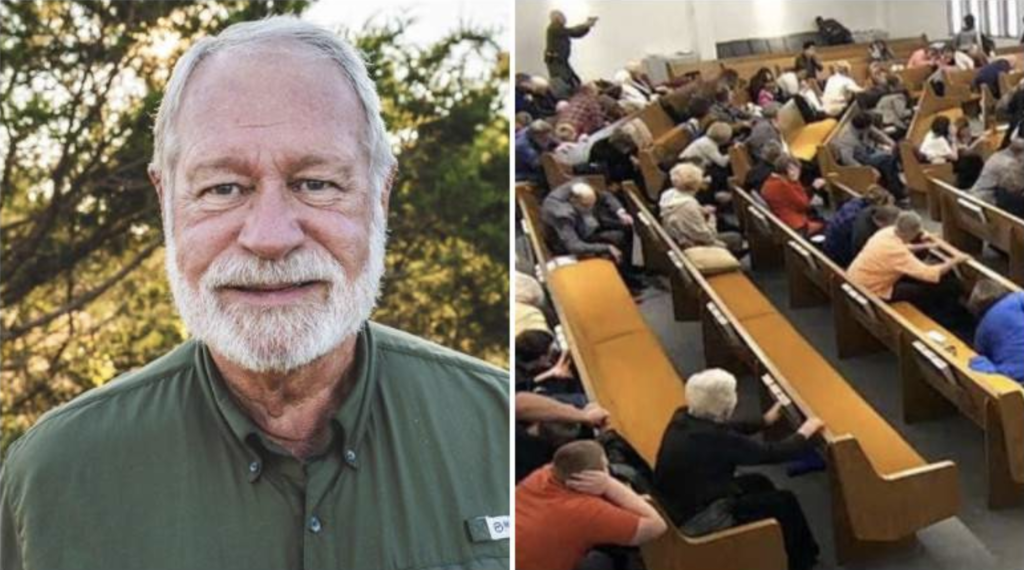
A Gunman Walked Into The Wrong Church
-
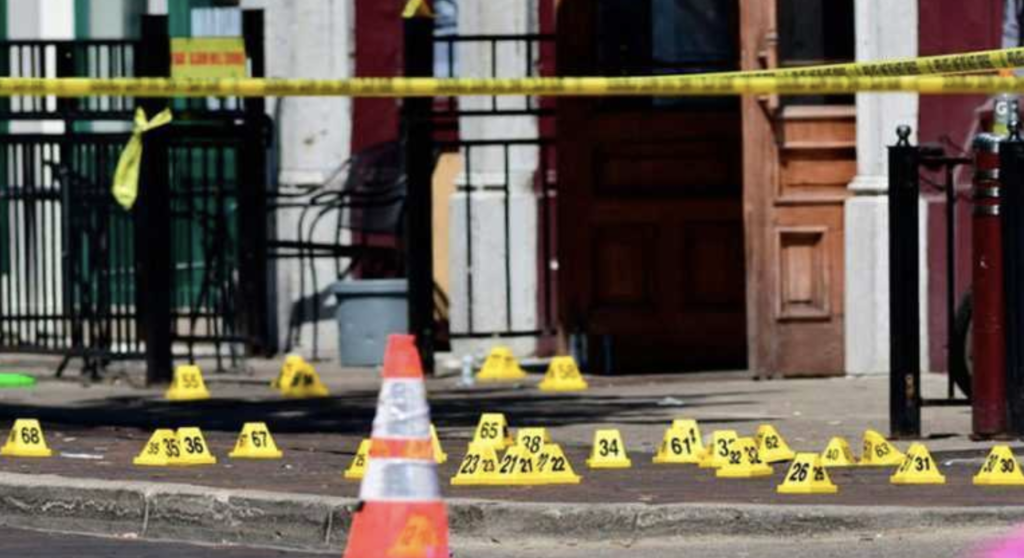
WTF CHICAGO???
-
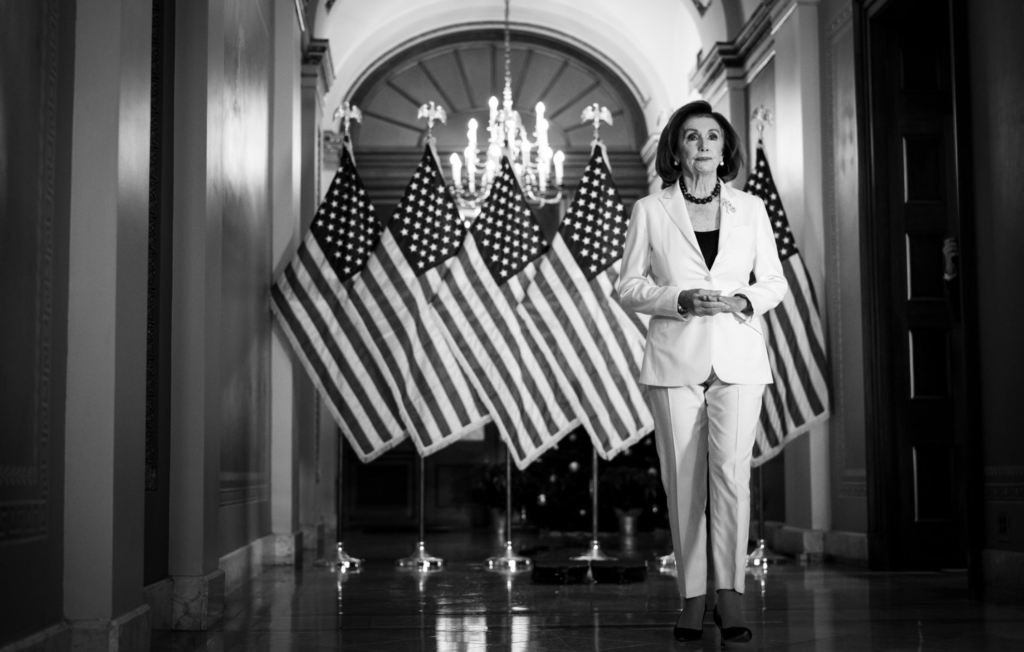
The Impeachment is On!

